Decorating & Design
January 23, 2018
20 Ways To Embrace Minimalism (Without Getting Rid Of Everything!)
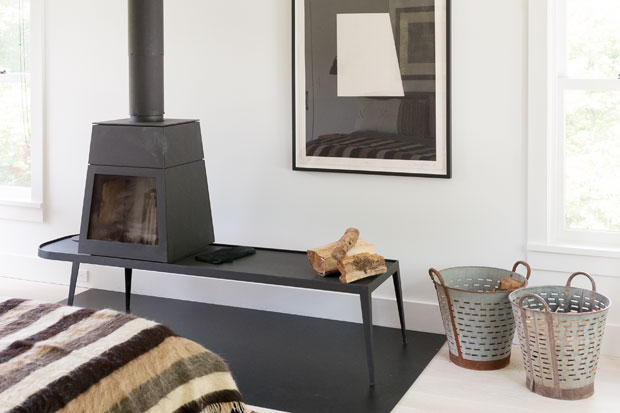
When you think about minimalism, do you picture stark rooms with nary a tchotchke in sight? Probably. The real principles of minimalism, however, focus on your state of mind. If those ultra sparse rooms don’t feel livable to you, consider some of these tips for embracing a less-is-more aesthetic that’s actually achievable.
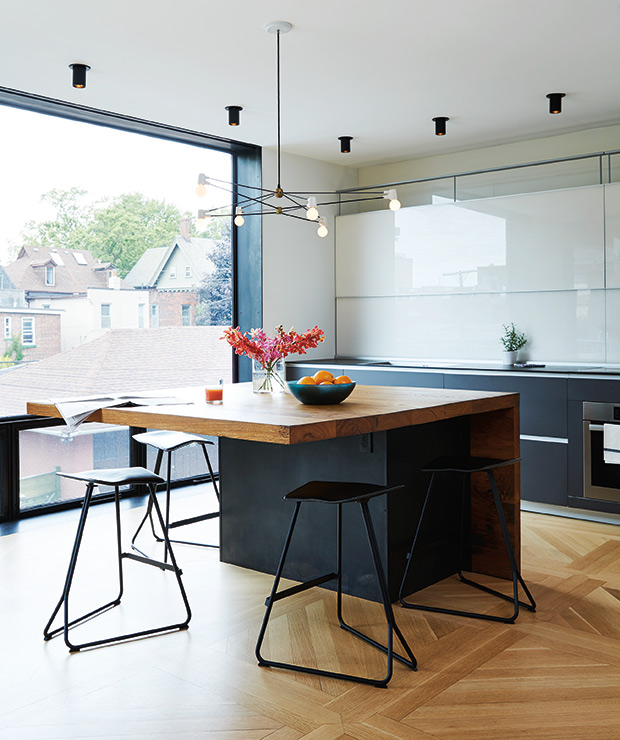
Choose glossy white uppers, like the ones in this kitchen, instead of open shelves to conceal dishware.
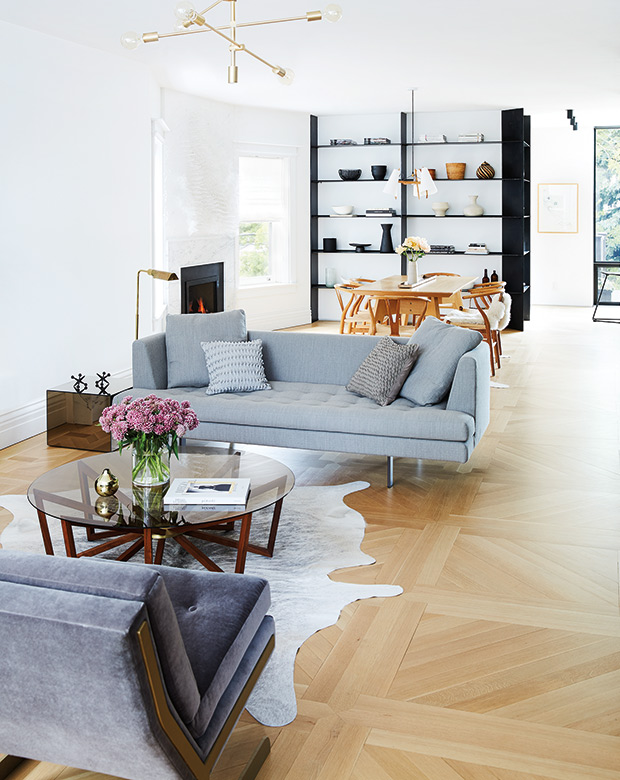
Whatever doesn’t fit gets the cut.
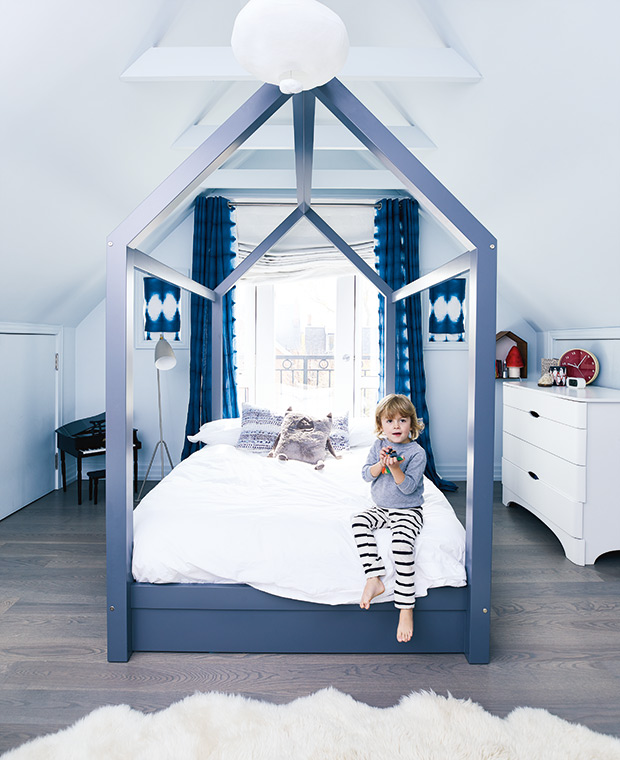
A singular shade of furnishings and accessories will reduce visual chaos.
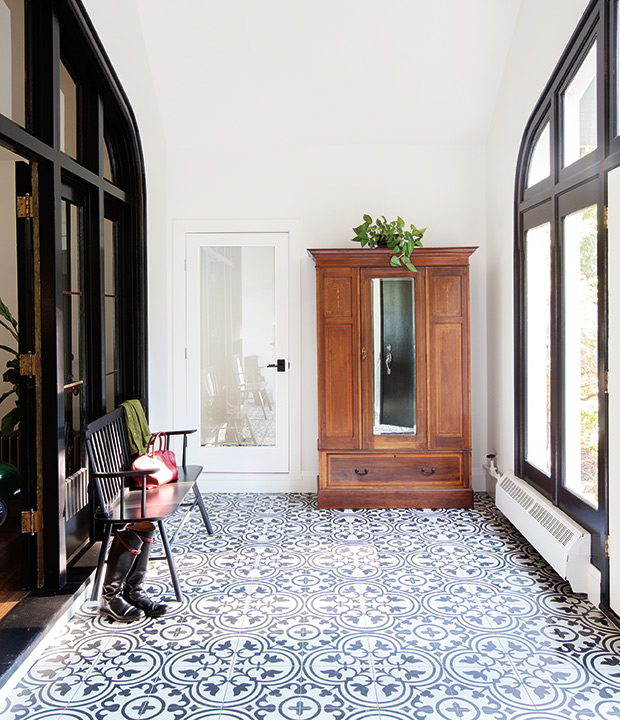
Closed storage will keep coats and shoes concealed, helping your entryway remain neat and tidy. Choose a piece you like the look of so it doubles as a style statement.
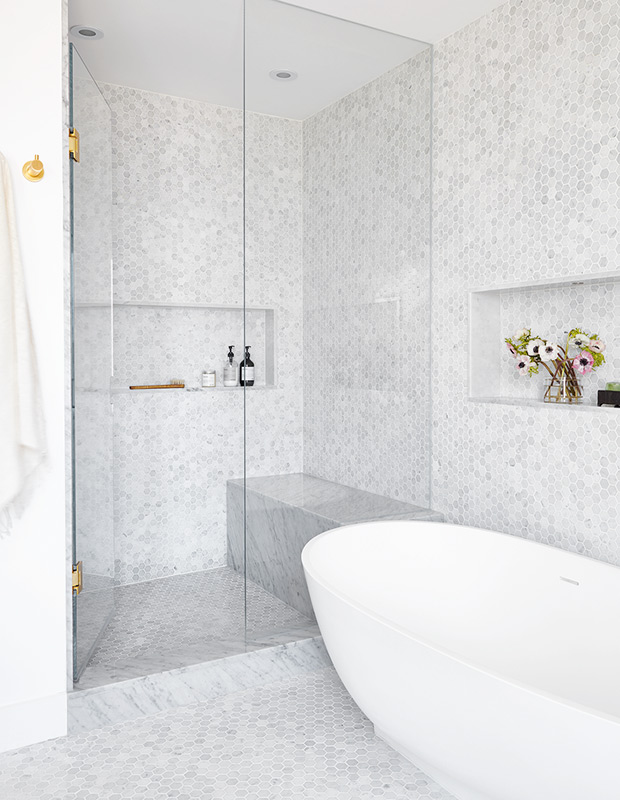
Invest in fewer products with prettier packaging that you won’t mind seeing every day.
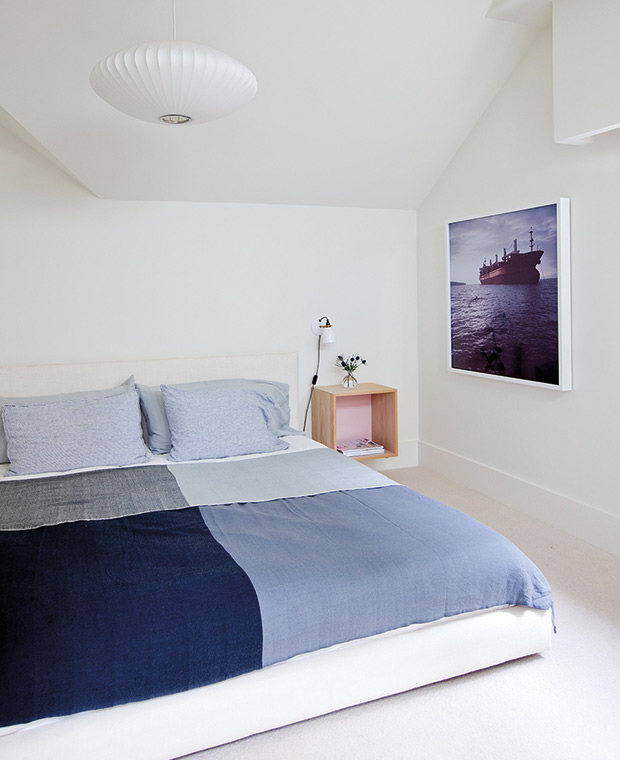
To balance the visual oomph of colorful furnishings, mix in a healthy dose of white so the eye has a place to rest.
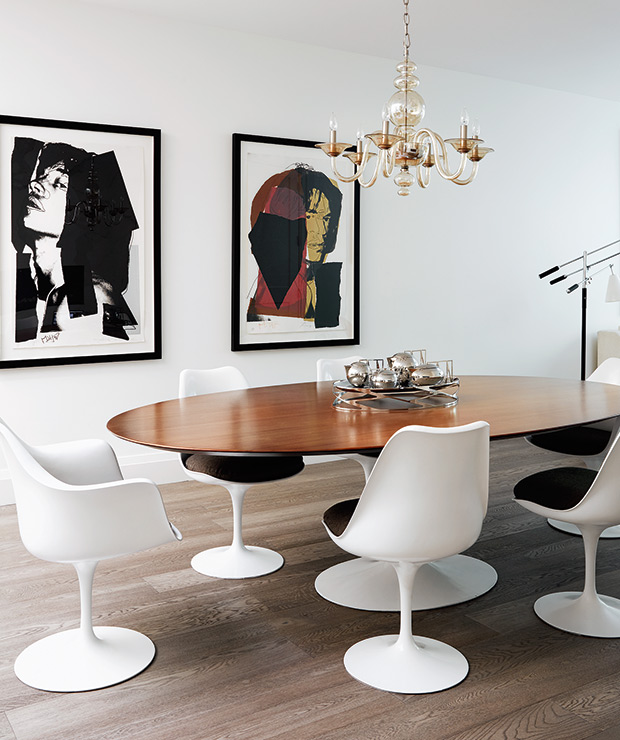
When your furniture looks as artful as these Eero Saarinen Tulip chairs, they can stand on their own without a handful of accessories.
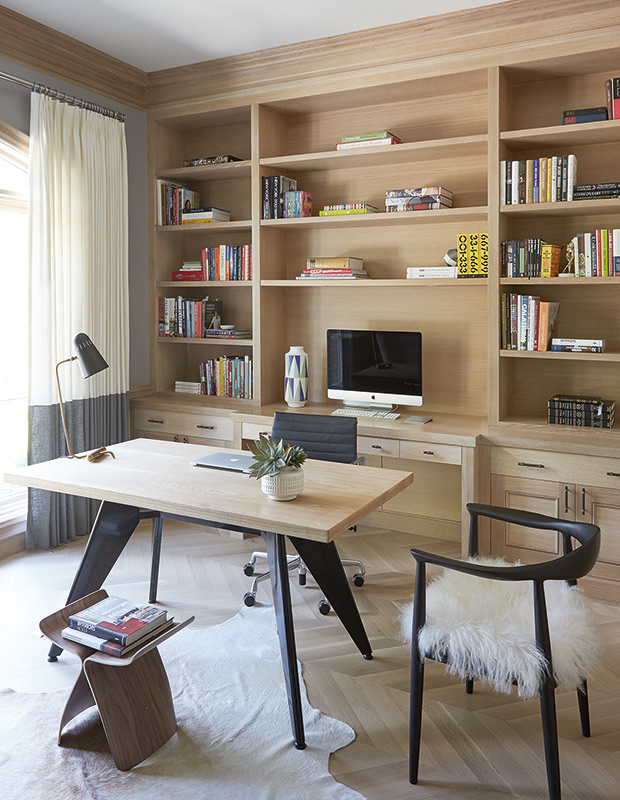
While a storage-packed desk may seem like the perfect addition to a home office, choosing a drawer-free version will force you to hold on to less paperwork.
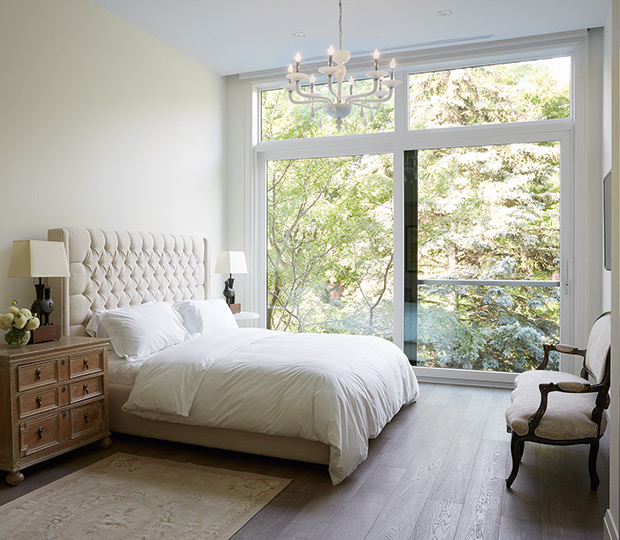
If you’re lucky enough to have a lush view, keep artwork and clutter to a minimum to let nature take center stage.
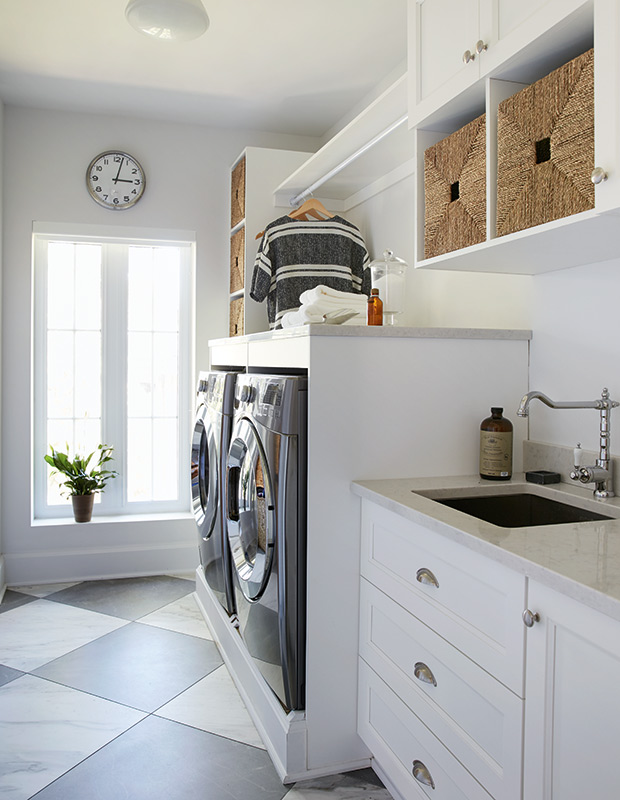
Once you’ve done a purge of all the half-empty laundry detergent and stain removers in your laundry room (we’ve all got them) store only the ones you use on a regular basis in pretty baskets.
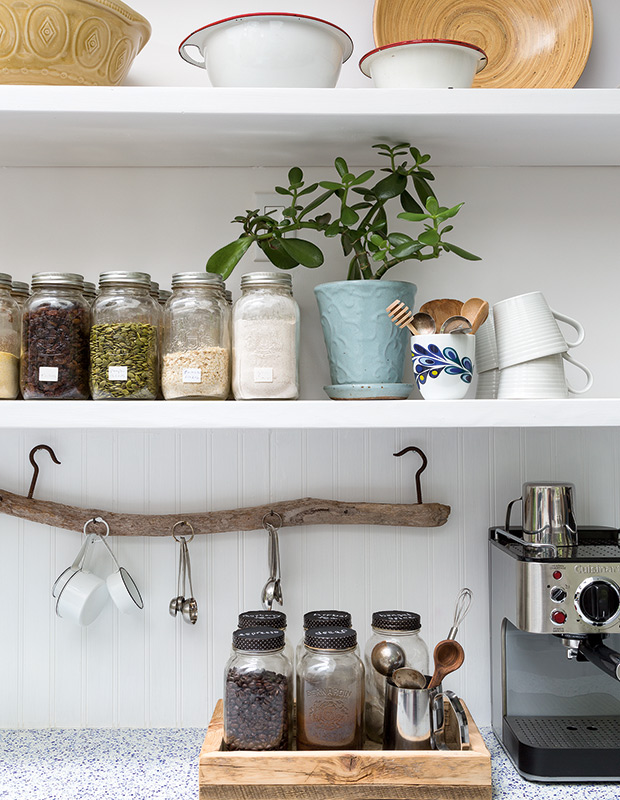
Nothing reduces visual overload quite like decanting your household products and displaying them in glass jars.
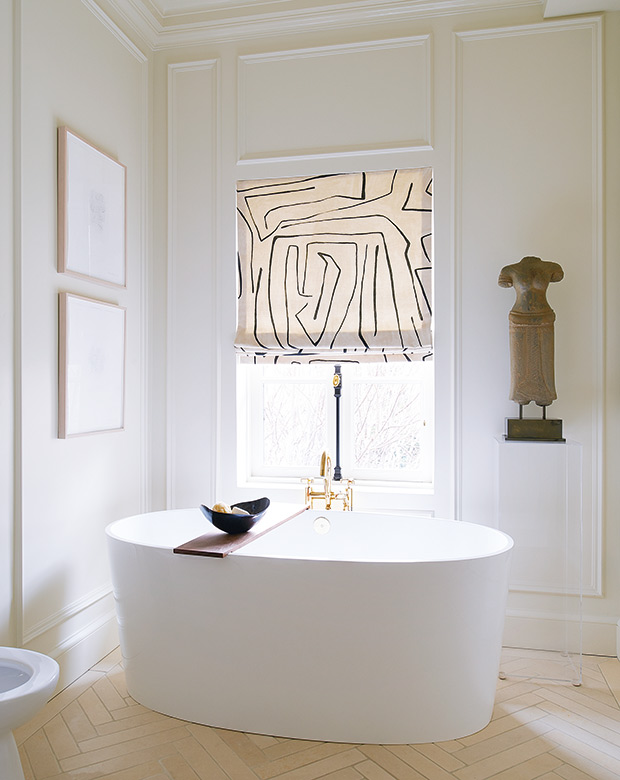
Let a single pattern be your inspiration for each room, leaving the rest of the space calm and neutral.
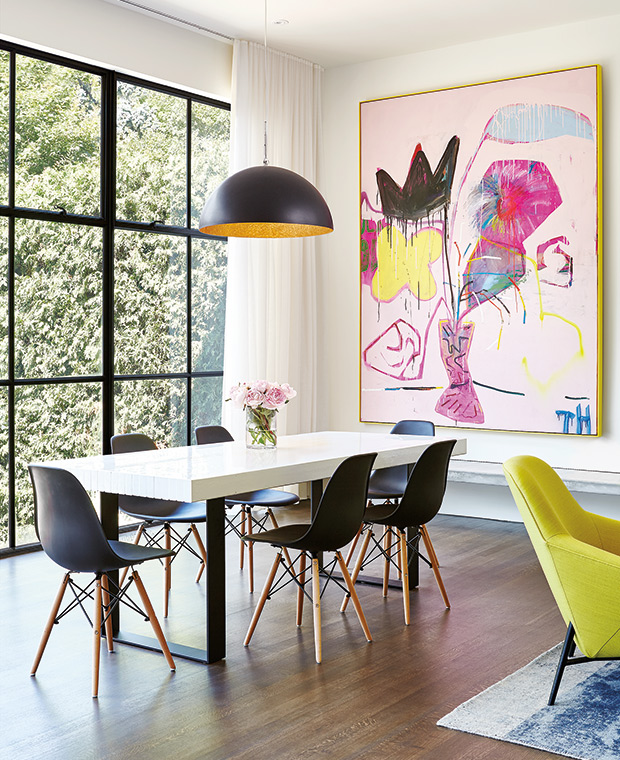
Having fewer things allows you to focus on what really brings you joy, like a cheerful abstract painting.
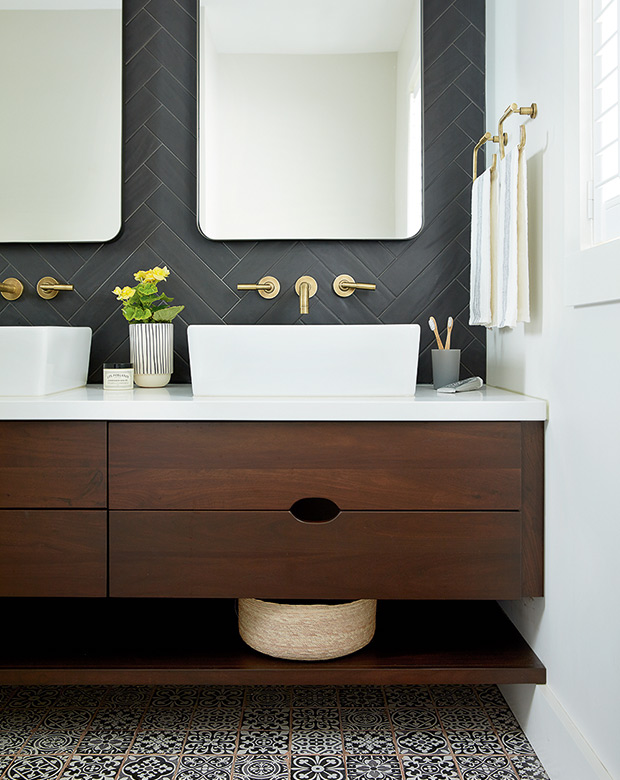
Instead of cluttering countertops with ample accessories, have fun with patterned tile that won’t get in the way.
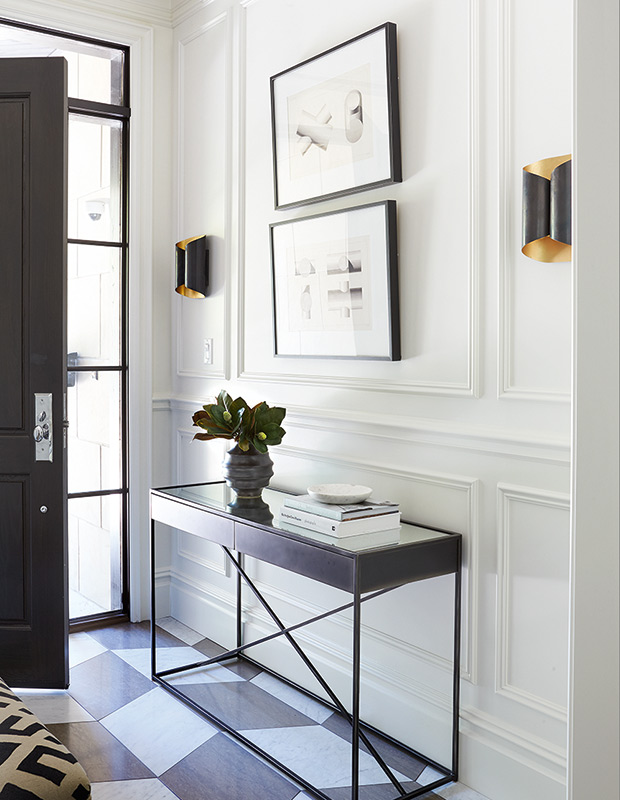
Rather than cluttering walls with tons of artwork, add interest with decorative moldings painted out in the same color as your walls.

Having too many areas, like tabletops and shelves, can encourage you to leave bits and bobs laying around.

Practical must-haves, like fireplaces or vent hoods, can be just as beautiful as decorative pieces — and if they look good, there’s no need to overdo the decorating.

If you’re not one to sit down for meals at your dining table, try using it as a space to display a few coffee table books instead of crowding your coffee table.

Adding interest to the ceiling with sculptural lighting frees-up space in the rest of your room, without making it feel empty.

Rather than buying trendy pieces you’ll tire of a year later (and throw in the basement) focus on sentimental pieces, like artwork painted by a family member.

